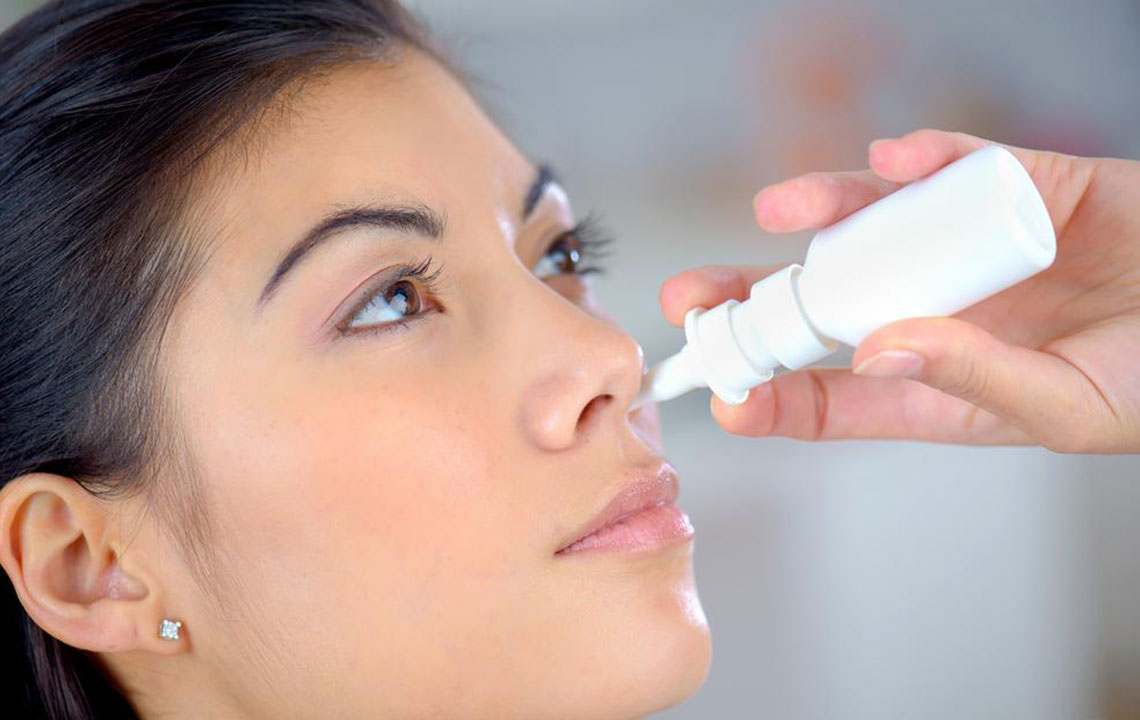Effective Techniques for Managing Nasal Allergy Sprays for Optimal Relief
This detailed guide explores effective nasal allergy sprays, including decongestants, antihistamines, steroids, and preventative options. It emphasizes the importance of professional consultation for safe and effective allergy management, providing valuable insights into proper usage, potential side effects, and treatment durations to help individuals achieve optimal relief and control of nasal allergy symptoms.

Comprehensive Guide to Managing Nasal Allergy Sprays Effectively
Nasal allergies, also known as allergic rhinitis, can significantly interfere with daily activities, sleep quality, and overall well-being. Fortunately, a variety of nasal sprays are available that can provide rapid relief from symptoms like congestion, sneezing, and itching. These topical treatments often work faster and more directly compared to oral allergy medications because they target the nasal passages where allergy symptoms originate. While these sprays are readily available at pharmacies, it is essential to seek medical advice before use to ensure proper selection, dosage, and to avoid potential side effects or interactions. This comprehensive guide explores the most common types of nasal allergy sprays, their functions, usage guidelines, and precautions to help individuals manage their allergy symptoms more effectively.
Understanding Nasal Allergy Sprays and Their Types
There are different categories of nasal sprays, each designed to address specific symptoms or underlying causes of nasal allergies. The most common types include decongestant sprays, antihistamine sprays, steroid nasal sprays, cromolyn sodium sprays, and specific prescriptions like Atrovent nasal spray. Knowing the function and proper use of each can greatly enhance their effectiveness while minimizing risks.
Decongestant Nasal Sprays: Rapid Relief for Nasal Blockage
Decongestant sprays are among the most popular options for quick relief from nasal congestion caused by allergies or colds. They work by constricting blood vessels in the nasal passages, which reduces swelling and opens up airways. Common brands include Sinex, Afrin, and Dristan. Despite their effectiveness, these sprays should be used cautiously. It is recommended to limit use to no more than three consecutive days because prolonged use can lead to rebound congestion, also known as rhinitis medicamentosa, where nasal congestion worsens after stopping the spray. Additionally, decongestant spray users with high blood pressure, heart disease, glaucoma, or prostate issues should consult a healthcare professional prior to use to avoid exacerbating these conditions.
Antihistamine Nasal Sprays: Targeting Allergic Reactions
Antihistamine sprays such as Patanase and Astepro are designed to block the effects of histamine, a chemical released by the immune system during allergic reactions. These sprays are particularly effective in reducing sneezing, itching, and nasal congestion. Unlike oral antihistamines, nasal antihistamines tend to cause fewer sedative effects, making them favorable for daily use. While prescription may be necessary for some brands, they provide targeted relief directly within the nasal passages. Patients should follow instructions closely for optimal results. Mild side effects like nasal dryness, sneezing, or nasal burning may occur but are typically manageable. People with allergies to preservatives in these products should discuss alternatives with their healthcare providers.
Steroid Nasal Sprays: Controlling Inflammation
When allergic swelling causes significant nasal congestion or obstructs breathing, steroid nasal sprays are often prescribed. Medications like Nasonex, Flonase, and Nasacort reduce inflammation by suppressing immune responses in the nasal tissues. This class of sprays is highly effective but usually takes several days to weeks to reach full therapeutic effect. Regular use as directed can lead to substantial symptom control, especially in chronic allergic rhinitis. Potential side effects including headaches, sore throats, and nasal irritation are generally mild. Long-term use should be monitored by a healthcare provider to prevent possible systemic effects and ensure safe treatment.
Nasal Cromolyn: Preventative Relief
Nasal cromolyn sodium sprays act as mast cell stabilizers, preventing the release of histamine and other allergic mediators. This product is most effective when used prophylactically, ideally starting 5–7 days before allergy season or anticipated allergen exposure. It provides rapid symptom relief for sneezing, nasal itching, and congestion. Cromolyn is suitable for most individuals, including children and those with respiratory conditions like asthma or sinusitis, but consultation with a healthcare professional is advised beforehand. Common side effects are mild and include nasal burning or sneezing, which usually diminish with continued use.
Atrovent Nasal Spray: Managing Excess Mucus Production
Atrovent (ipratropium bromide) nasal spray is available only via prescription and is primarily used to reduce nasal mucus secretion. It is particularly helpful for treating persistent runny nose or rhinorrhea in allergic and non-allergic conditions. This spray is not suitable for treating congestion or sneezing caused by allergies alone. Patients with glaucoma, prostate enlargement, or urinary retention should avoid Atrovent without medical advice due to potential side effects. Common adverse reactions include nasal dryness, irritation, and headache. Proper usage following a healthcare professional’s guidance ensures safe and effective symptom management.
Although over-the-counter (OTC) nasal sprays are accessible, it’s crucial to consult with a healthcare provider before initiating any nasal spray regimen. Proper diagnosis, personalized treatment plans, and monitoring can significantly reduce the risk of adverse effects and improve overall management of nasal allergy symptoms.





